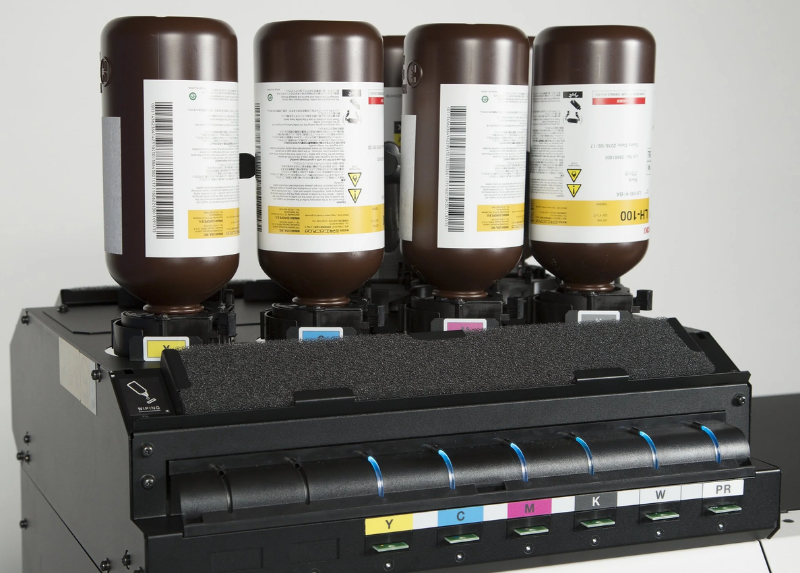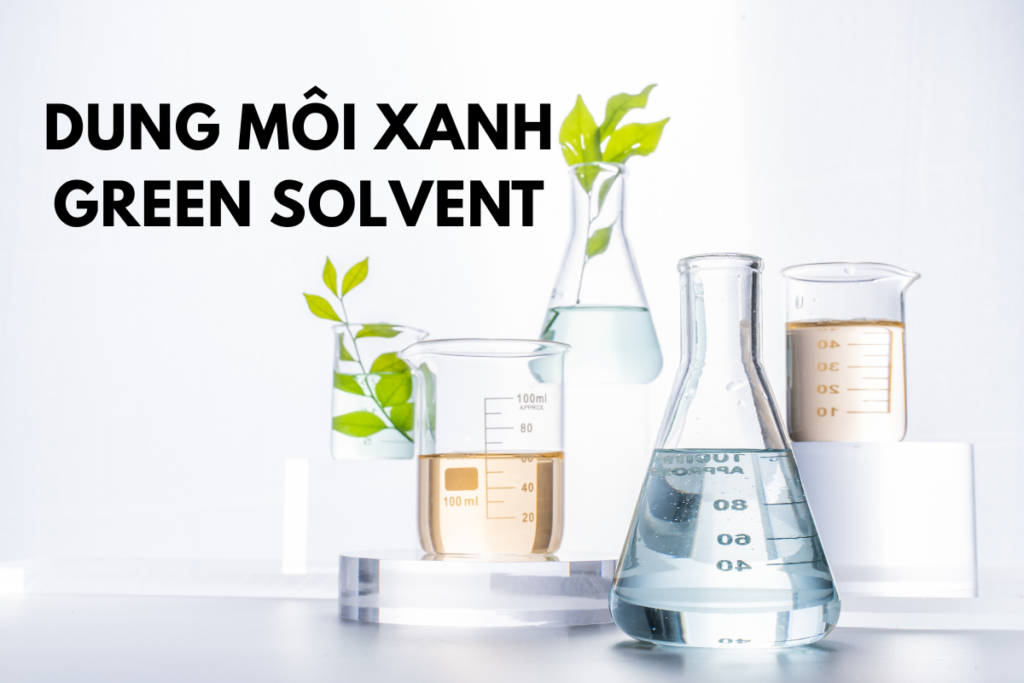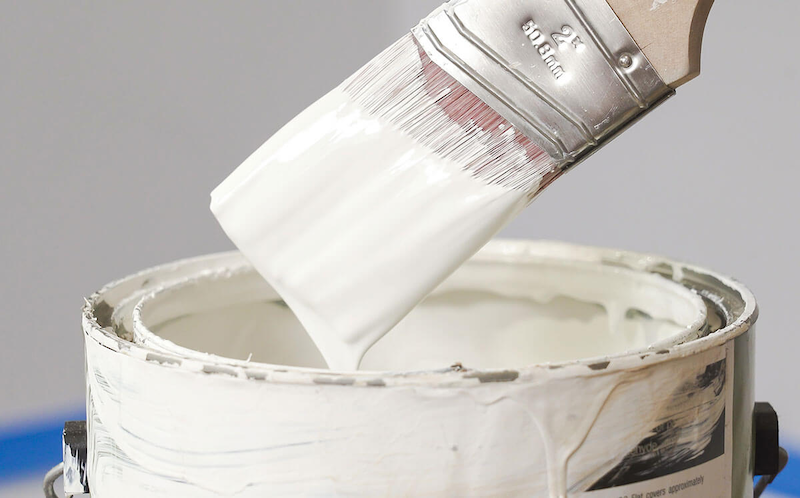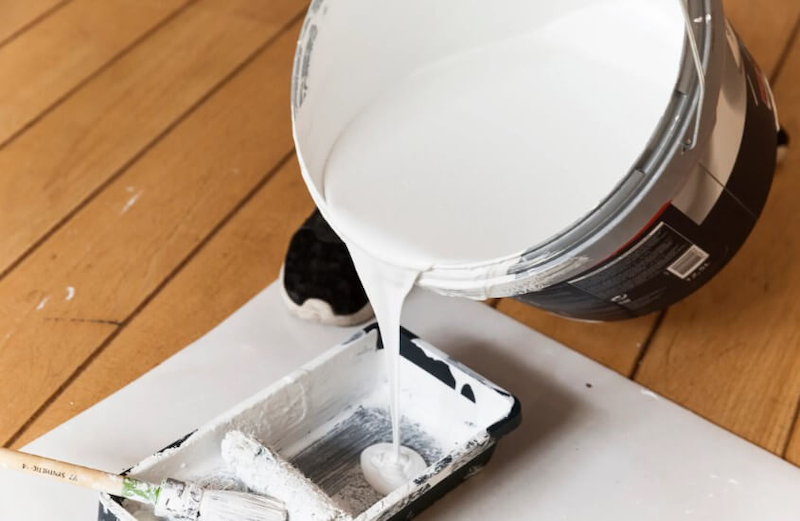Suggested 4 Types of Solvents for Thinning Alkyd Paint and Safe Usage Instructions
14/07/2025
|
Industry news
Alkyd paint thinner solvent plays a crucial role in adjusting viscosity, enhancing adhesion, and ensuring a high-quality finish on painted surfaces. However, not everyone fully understands the characteristics, properties, and applications of each type of paint thinner. The article below provides a comprehensive overview of alkyd paint thinner solvents to help make selection and usage easier.
What Is Alkyd Paint Thinner?
Alkyd paint thinner is a liquid substance used to dilute alkyd paints, allowing for proper viscosity adjustment to suit the application process. It ensures even paint coverage and the formation of a smooth, thin film on surfaces. Alkyd paint is an oil-based paint made from alkyd resin (a synthetic resin derived from fatty acids and polyols). It is known for its high gloss, durability, and excellent adhesion to surfaces such as metal, wood, or concrete.
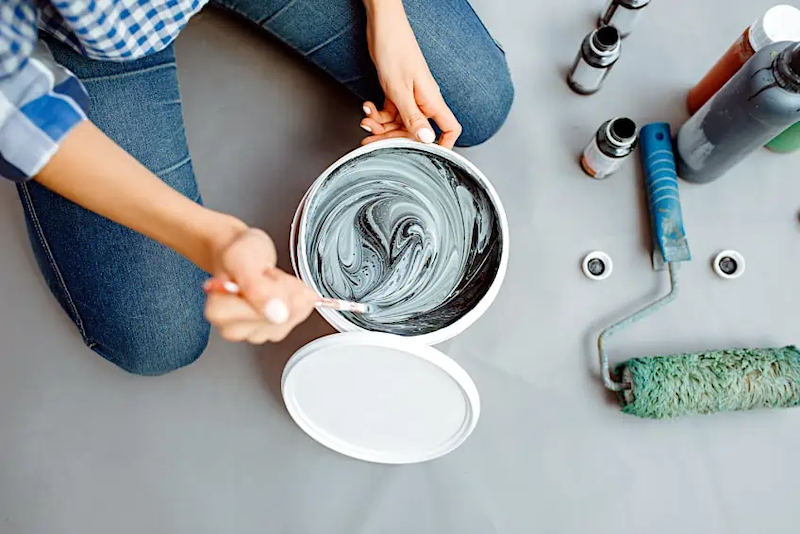
Common Types of Alkyd Paint Thinner Solvents
White Spirit
-
- Characteristics: White spirit is a petroleum-derived hydrocarbon mixture, usually colorless or pale yellow, with a lighter odor compared to solvents like toluene. Its boiling point ranges from 150°C to 200°C.
- Properties:
-
-
- Medium evaporation rate, allowing paint to dry gradually and form a smooth, even coating.
- Good solubility with alkyd resin without altering the chemical structure of the paint.
- Low viscosity, making it easy to mix.
-
- Advantages:
-
-
- Relatively inexpensive and widely available.
- Suitable for various application methods (brushing, rolling, spraying).
- Less prone to foaming or orange peel effect (uneven surface) when applied properly.
-
- Disadvantages:
-
- Slower evaporation can lead to longer drying times in humid conditions.
- Slightly unpleasant odor; should be used in well-ventilated areas.
- May cause skin or eye irritation with prolonged direct contact.
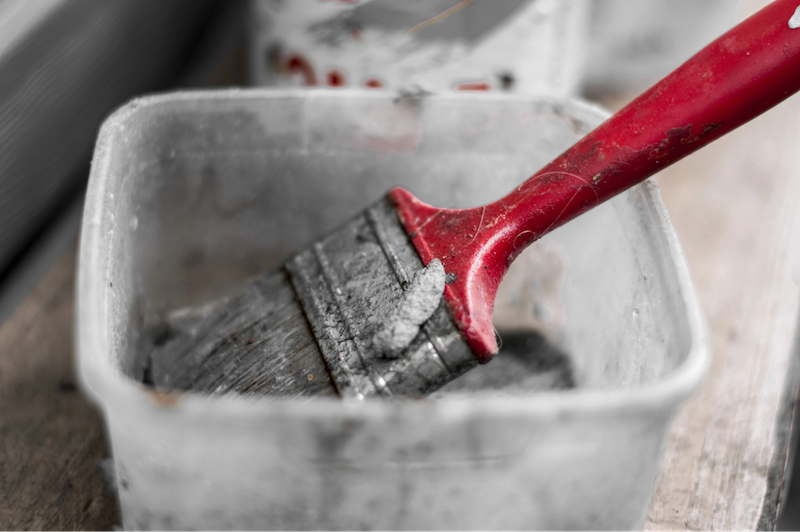
Xylene (Xylol)
-
- Characteristics: Xylene is an aromatic hydrocarbon, clear in appearance, with a gasoline-like odor and a boiling point between 138°C and 144°C.
- Properties:
-
-
- Evaporates more slowly than toluene but faster than white spirit, helping regulate the paint’s drying speed.
- Strong solvency, especially effective with alkyd resin and other organic compounds in paint.
- Low viscosity, allowing the paint to spread evenly over surfaces.
-
- Advantages:
-
-
- Produces a high-gloss finish, ideal for alkyd paint used on metal or wood where appearance matters.
- Improves adhesion on challenging surfaces like stainless steel.
- Stable during application and less sensitive to ambient temperature changes.
-
- Disadvantages:
-
- More toxic than white spirit; may cause headaches or dizziness if inhaled for extended periods.
- Slightly more expensive than white spirit.
- Highly flammable and must be stored carefully.
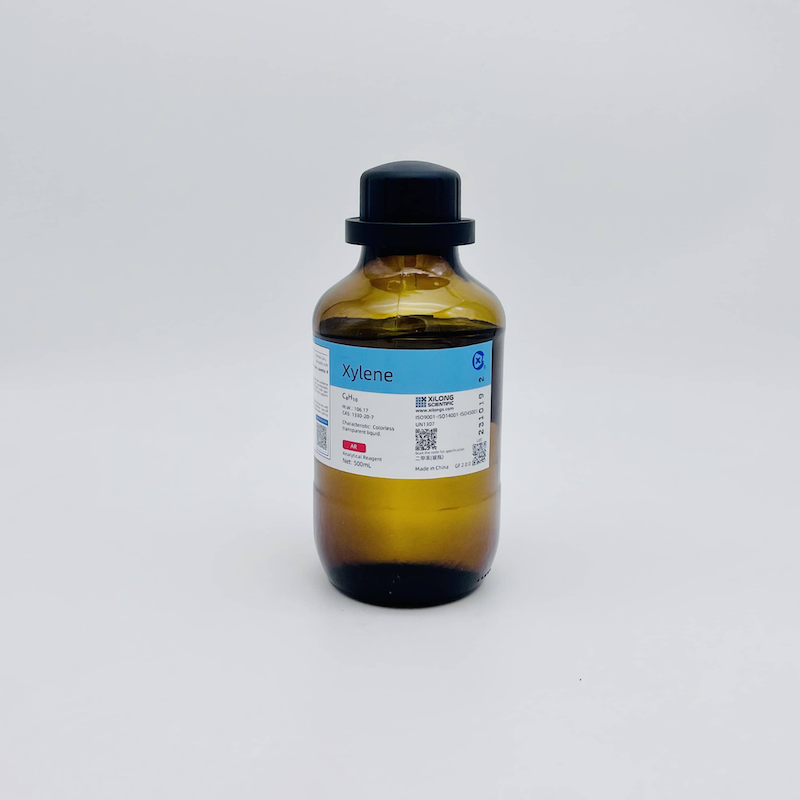
Toluene
-
- Characteristics: Aromatic solvent, colorless, strong odor, with a boiling point around 110 – 111°C.
- Properties:
-
-
- Fast evaporation rate, helping paint dry faster compared to aromatic gasoline and xylene.
- Excellent solubility with alkyd resins and pigments in paint.
- Very low viscosity, suitable for applications that require strong dilution.
-
- Advantages:
-
-
- Shortens paint drying time, ideal for projects requiring quick completion.
- Highly effective when used with spray guns, creating thin and even paint layers.
- Enhances paint film durability in harsh environments.
-
- Disadvantages:
-
- Highly toxic; prolonged exposure or lack of proper protection may damage the nervous system.
- Evaporates too quickly, which can cause uneven drying—especially when applied by brush or roller.
- Very strong odor, requiring well-ventilated workspaces and the use of specialized masks.
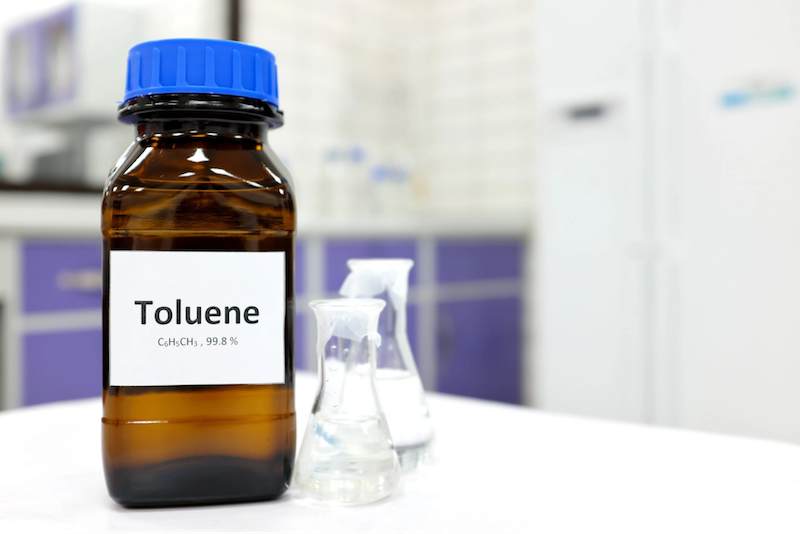
Thinner (Synthetic Solvent)
-
- Characteristics: A mixture of multiple solvents (commonly including aromatic gasoline, xylene, acetone, or other compounds), pre-formulated for optimal use with alkyd paints. The exact composition varies by manufacturer.
- Properties:
-
-
- Evaporation rate and solubility can be flexibly adjusted depending on each thinner’s formulation.
- Viscosity is suitable for a wide range of alkyd paints, from glossy topcoats to primers.
- Generally has a lighter odor than toluene but stronger than aromatic gasoline.
-
- Advantages:
-
-
- Versatile compatible with most types of alkyd paints and application methods.
- Optimized to reduce issues like air bubbles, uneven drying, or loss of gloss.
- Easy to use, no need to mix with additional solvents.
-
- Disadvantages:
-
- Typically more expensive than single-component solvents like aromatic gasoline.
- Quality varies depending on the manufacturer (low-quality thinners can negatively affect the paint film).
- Some types may contain harmful ingredients always read the label carefully.
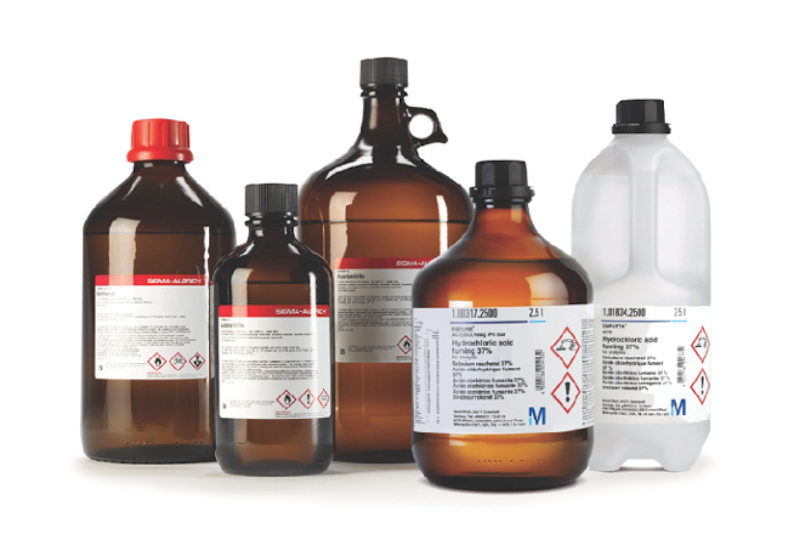
Tips for Choosing the Right Solvent for Each Alkyd Paint Type
- Type of Alkyd Paint: Each alkyd paint has specific formulas and requirements for dilution and viscosity. Choosing the right solvent helps ensure easier application, better adhesion, and high-quality results.
- Intended Use: Depending on the purpose (e.g., decoration, rust protection), select solvents with appropriate dissolving capabilities to maintain the integrity of the paint.
- Application Environment: Temperature, humidity, and workspace conditions directly affect solvent evaporation. Therefore, choose a solvent with a suitable evaporation rate to speed up drying.
- Consult an Expert: If you’re unsure which solvent to use, consult a technical specialist for accurate guidance. K-Chem is always ready to support you in finding the optimal solution.
Preparation of Tools and Materials
Preparation of Tools and Materials
- Alkyd paint: Ensure the paint is intact, not clotted or expired.
- Solvent: Choose a suitable type (e.g., mineral spirits, xylene, toluene, or thinner) depending on the intended application (refer to characteristics mentioned previously).
- Mixing tools:
- Paint mixing bucket or cup (clean, dry, preferably made of metal or solvent-resistant plastic).
- Stir stick (wood or metal; avoid materials that can corrode).
- Measuring cup (for accurately gauging the paint-to-solvent ratio).
- Protective gear: Gloves, mask, safety goggles, and work in a well-ventilated area.
Determine the Mixing Ratio
The amount of solvent to add to alkyd paint depends on the application method and manufacturer’s recommendation (usually found on the product label). Common reference ratios include:
- Brush or roller: Add 5 – 10% solvent (e.g., 50 – 100ml of solvent per 1 liter of paint).
- Spray gun: Add 10 – 15% solvent (100 – 150ml per 1 liter of paint), or more if a thinner layer is desired.
- If no specific instructions are provided, start with a low ratio (5%) and gradually adjust as needed to avoid over-thinning.
Mixing Procedure
- Step 1: Check the Paint
-
-
- Open the paint can and stir thoroughly with a stir stick to ensure it is uniform and free from sediment or clumps.
- If the paint is too thick (e.g., after long storage), you may need to add solvent, but do not exceed 20%, as it can degrade the paint’s properties.
-
- Step 2: Measure Accurately
-
-
- Use a measuring cup to gauge the correct amount of paint and solvent based on your chosen ratio.
- Example: 1 liter of paint + 100ml of solvent (10%).
-
- Step 3: Mix Gradually
-
-
- Pour the paint into the mixing container first.
- Slowly add the solvent into the paint (never the other way around), while continuously stirring with the stir stick.
- Stir in one direction, gently but steadily for 2 – 3 minutes, to ensure a fully blended mixture. Avoid vigorous stirring, which may cause air bubbles.
-
- Step 4: Check Viscosity
-
- Dip the stir stick into the mixture, lift it, and observe:
- If the paint flows in a smooth, unbroken stream, it is at the right viscosity for brushing/rolling.
- For spraying, test the mixture in the spray gun on a scrap surface. The paint should spray evenly without clogging or dripping.
- If too thick, add 2 – 3% solvent at a time and stir again. If too thin, add more undiluted paint.
- Dip the stir stick into the mixture, lift it, and observe:
Notes When Mixing
- Do not over-thin: Exceeding 20% solvent can reduce durability, adhesion, and gloss of the paint film.
- Temperature & humidity: Mix paint at room temperature (20 – 30°C) and humidity below 80% to ensure proper drying.
- Test first: When trying a new ratio, test on a small area before full application.
- Use promptly: The paint-solvent mixture should be used within 24 hours to prevent evaporation or changes in consistency.
Understanding and selecting the right solvent for thinning alkyd paint not only enhances project quality but also ensures safety during use. We hope this guide helps you better understand the characteristics and applications of different solvents, making it easier to choose the one that suits your needs and intended use


